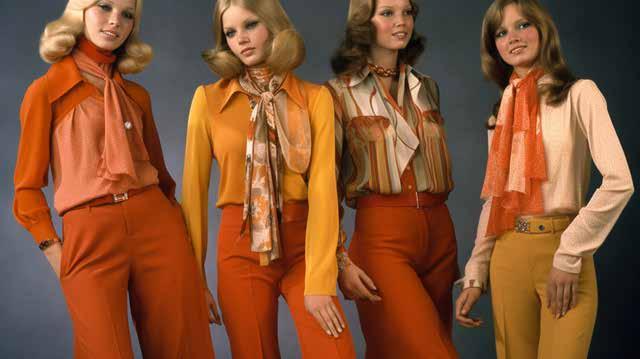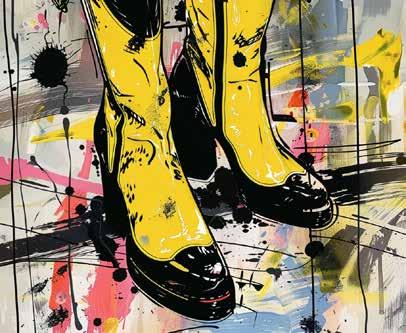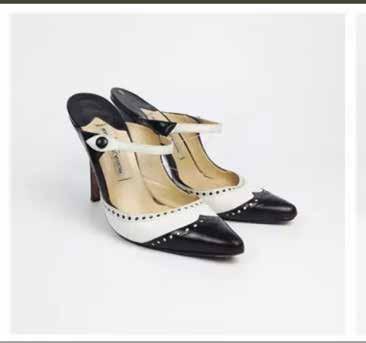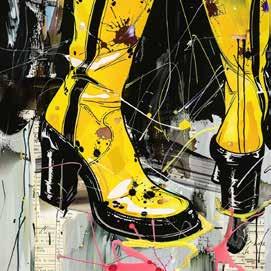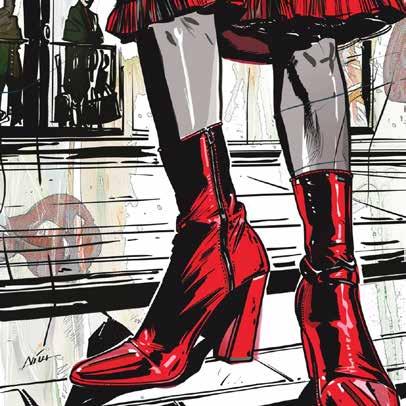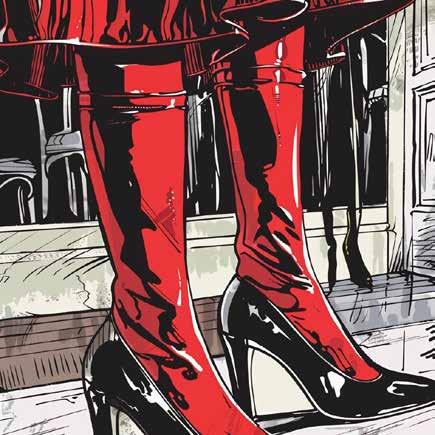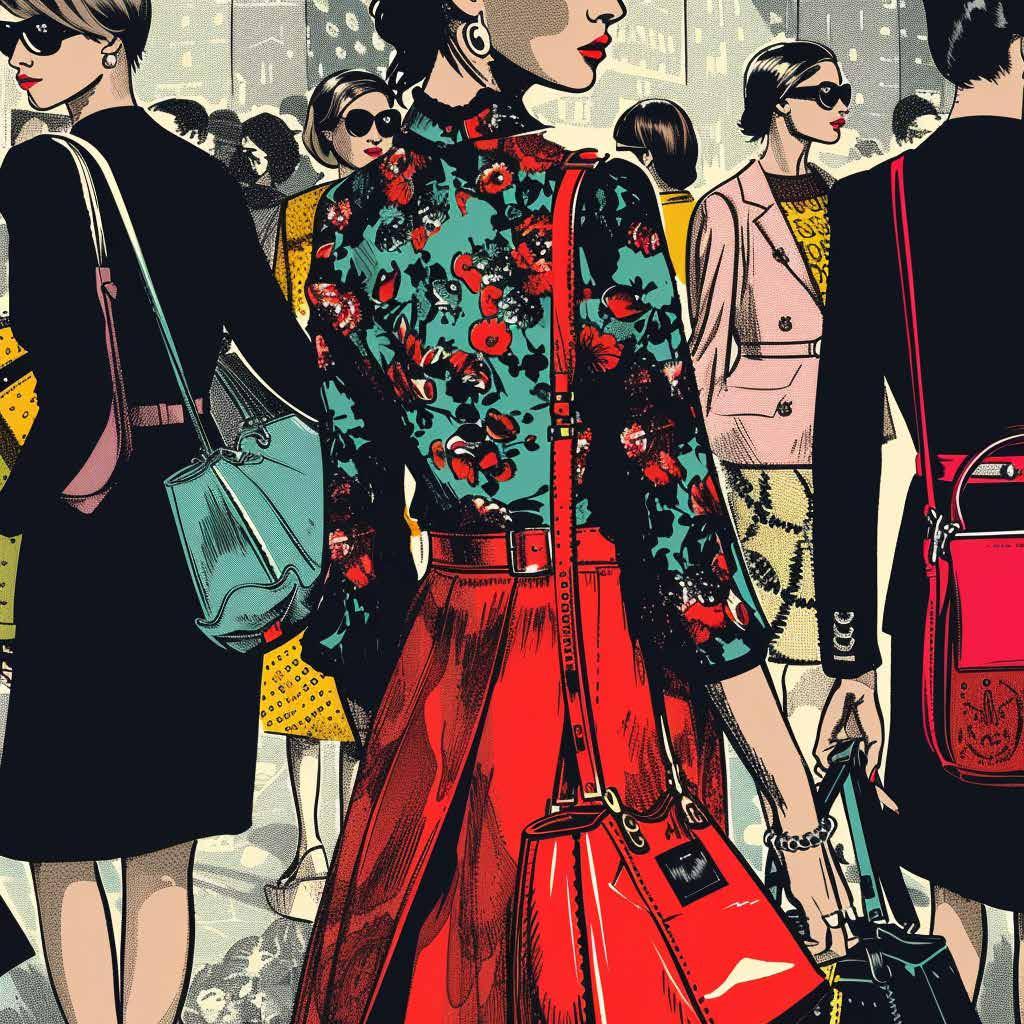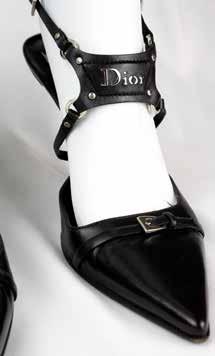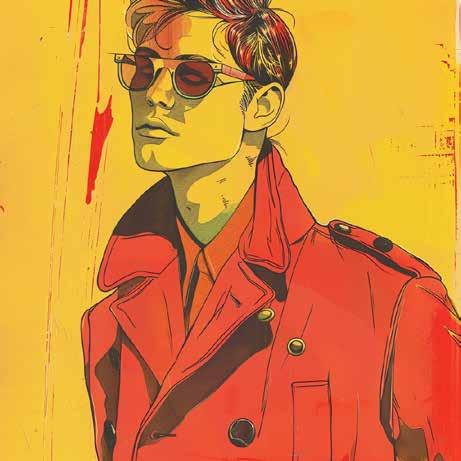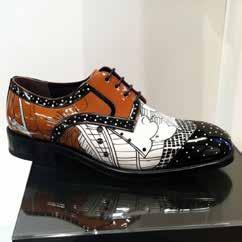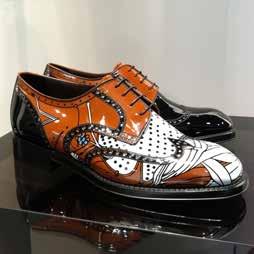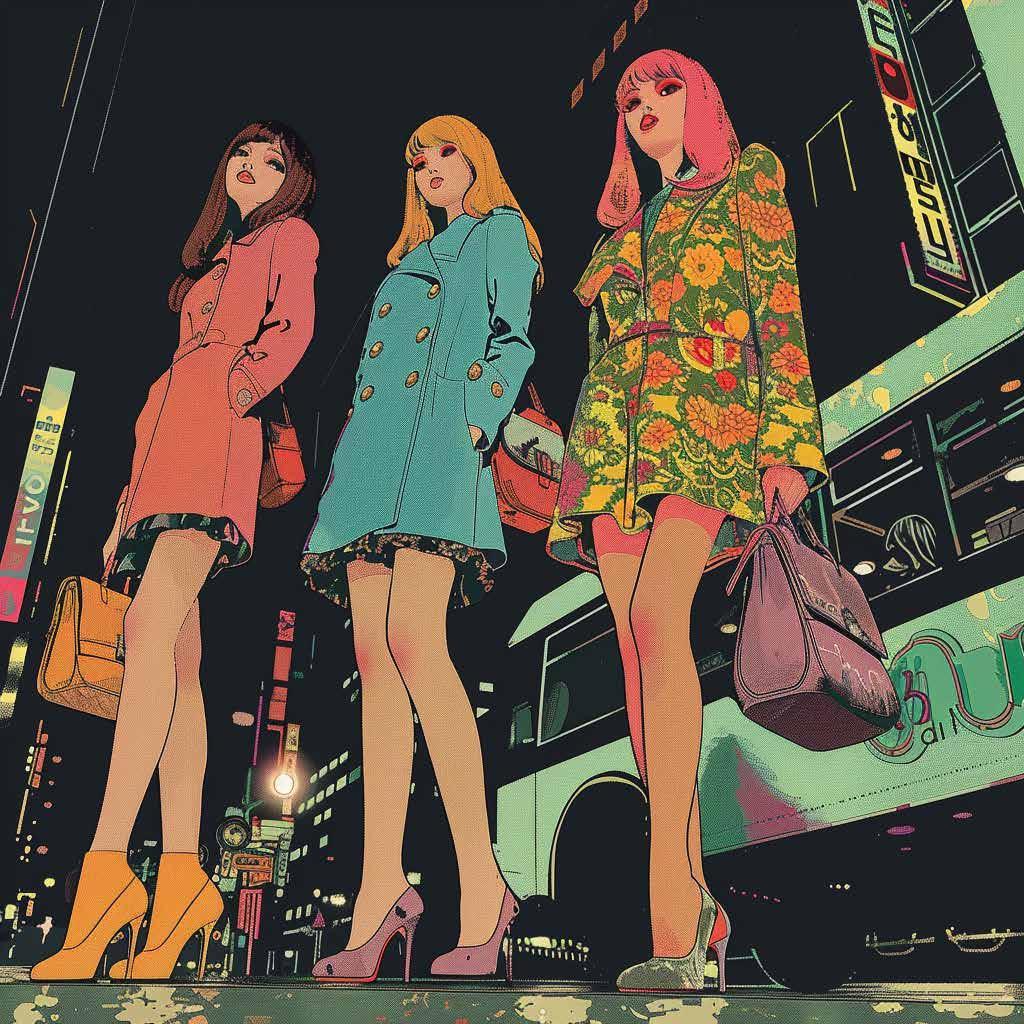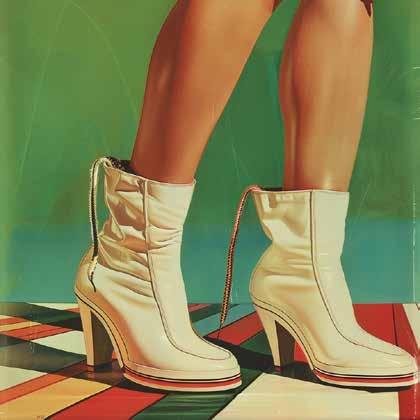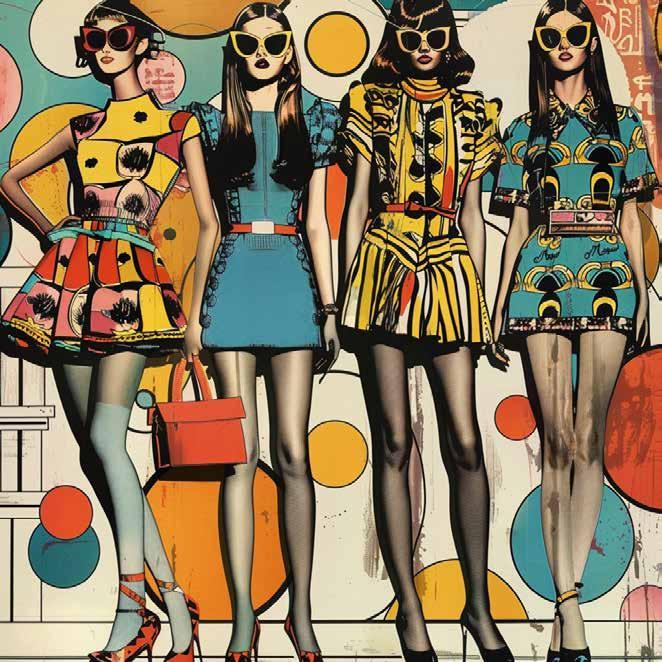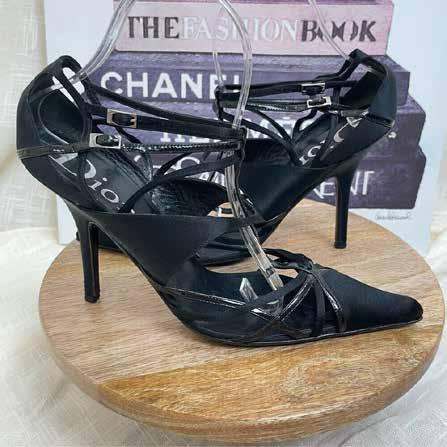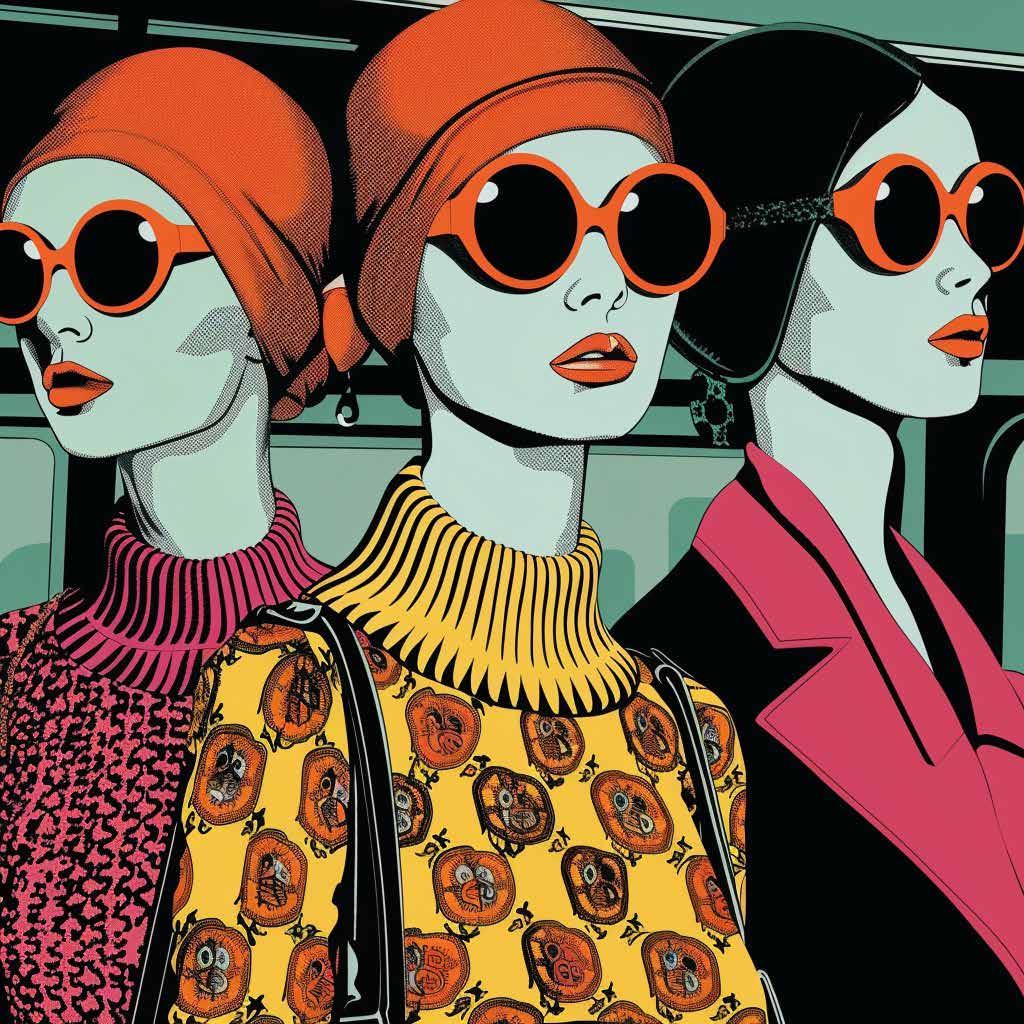

FUTURE ANCESTORS


Project abstract
It is widely acknowledged that fashion operates in a cyclical manner, continually revisiting and reinterpreting itself. This phenomenon is rooted in the presence of archetypes inherent within all of us, which respond and adapt to the varying temporal and societal landscapes we inhabit.
In essence, as designers, we are tasked with capturing the essence of the present by drawing upon the past, thereby shaping a legacy that will define the future. It is incumbent upon us to meticulously craft the narr ative of this future by infusing it with values of love, respect, integrity, and inclusivity. Through thoughtful extraction from the past, we strive to mold and refine it into a manifestation of what it could and should be, both for the IMPROVEMENT of our planet and the evolution of our social fabric.Over the past two years, numerous journalists and fashion critics have penned essays examining how Generation Z is grappling with nostalgia for the past amid economic recession and climate change. This profound affinity for nostalgia, deeply ingrained within each individual, is widely recognized as a poWERFUL cognitive bias. However, it undeniably exerts a significant influence on both design trends and consumer behavior, a reality that cannot be overlooked.
Recent fashion shows have prominently featured trends harkening back to the 1950s, 60s, and 70s, albeit with distinct interpretations across different brands. These nostalgic themes reflect the collective yearning of THE consumers.



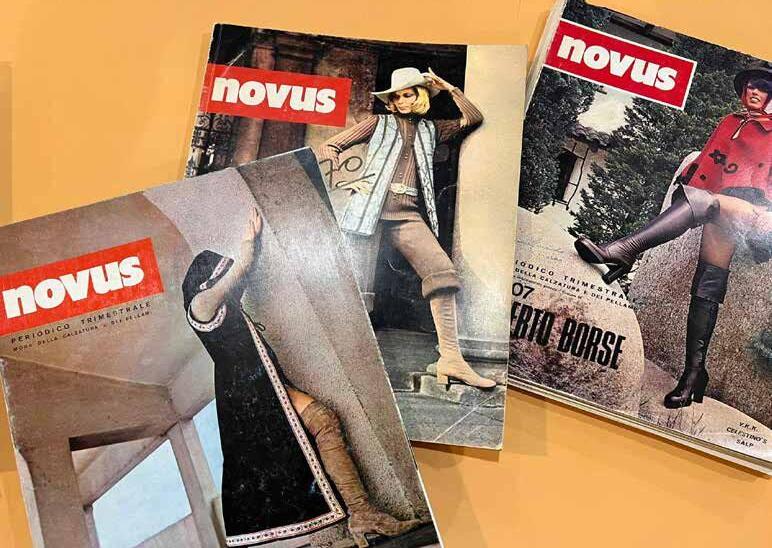
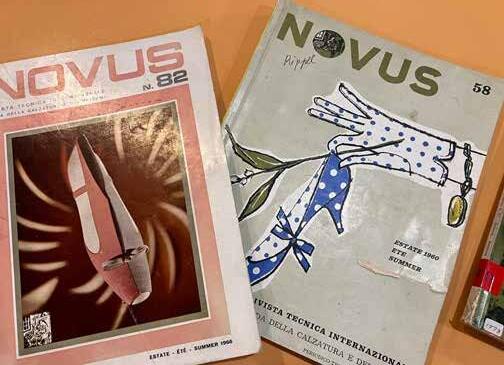
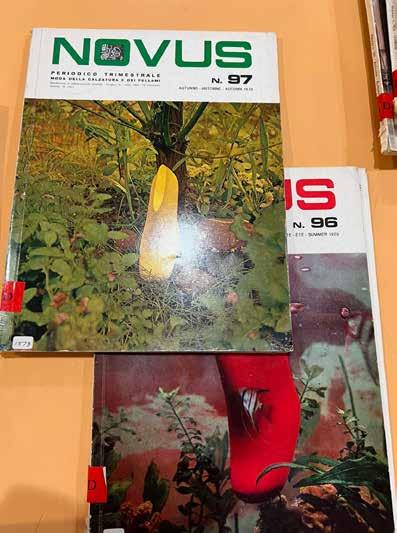
TCX
TCX
TCX
TCX spectra yellow 14-0957 TCX
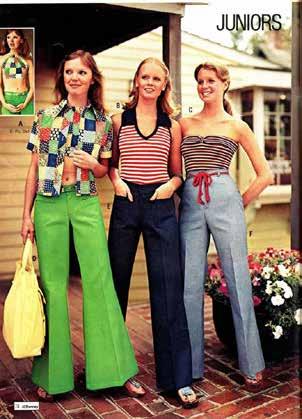
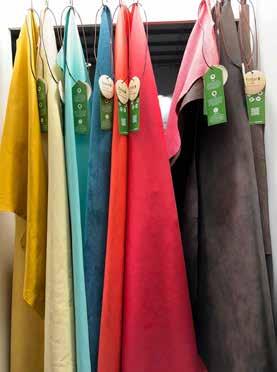

16-1442 TCX
